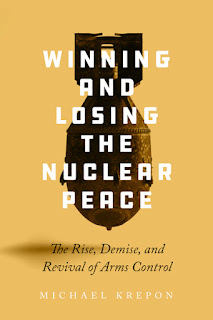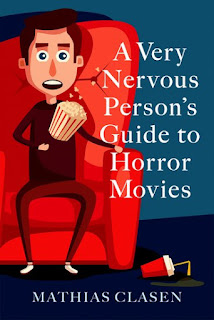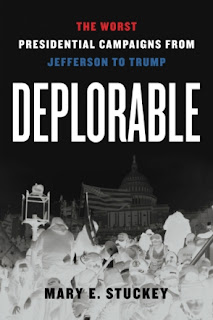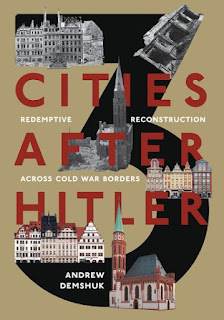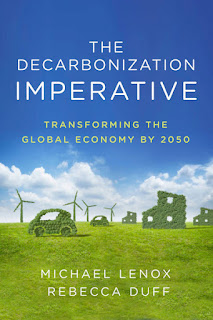 Musical Minorities: The Sounds of Hmong Ethnicity in Northern Vietnam.
Musical Minorities: The Sounds of Hmong Ethnicity in Northern Vietnam.
He applied the “Page 99 Test” to his new book, Voices of Vietnam: A Century of Radio, Red Music, and Revolution, and reported the following:
This book investigates the historical impact of broadcast sound on geopolitics. The shifting borders and polities of mainland Southeast Asia over the past century provide ample material for examination, especially during and after the major wars of the twentieth century but also following economic reforms and the emergence of the Association of Southeast Asian Nations. My attention is particularly focused on Hanoi, which served for a time as the capital of French Indochina, the Democratic Republic of Vietnam (DRV; North Vietnam) and the Socialist Republic of Vietnam.Learn more about Voices of Vietnam at the Oxford University Press website.
The first half of page 99 provides an excellent summary of the key arguments in Voices of Vietnam by describing the activities of a central figure associated with radio music during the Second Indochina War, Dân Huyền, and then summarizing the legacy of wartime musicians, broadcasts and audio technologies in contemporary Vietnam:…seminal recordings are regularly broadcast to accompany interviews with survivors, and iconic songs are re-recorded by up-and-coming popular artists. Much of the technical and administrative infrastructures described here also remain in place. These mechanisms served as a platform for the invention and propagation of a national communist cultural heritage in the early postcolonial period, and today they buttress the power of the current political establishment.The page 99 test is less successful on the second half of the page, which shifts to the Republic of Vietnam (RVN; South Vietnam):With loudspeakers positioned along the seventeenth parallel, wireless radio broadcasts beaming into the South, and pamphlets advertizing the VOV’s schedule, potential listeners in the RVN were inundated with red music and other propaganda from the DRV during the war. But southern listeners had many alternatives...Only a few pages are devoted to broadcasts from this region. Here, I provide a snapshot of cultural life and music broadcasting in the South, largely based on secondary sources—other scholars are developing important research on the RVN which I briefly highlight. The primary sources for Voices of Vietnam are original interviews with musicians in northern Vietnam, fieldwork in the offices, rehearsal halls, and recording studios of state radio in Hanoi, and archival documents on broadcasting mostly in northern Vietnam/Tonkin. So, this test is only successful if you read the first half of the page!
--Marshal Zeringue

